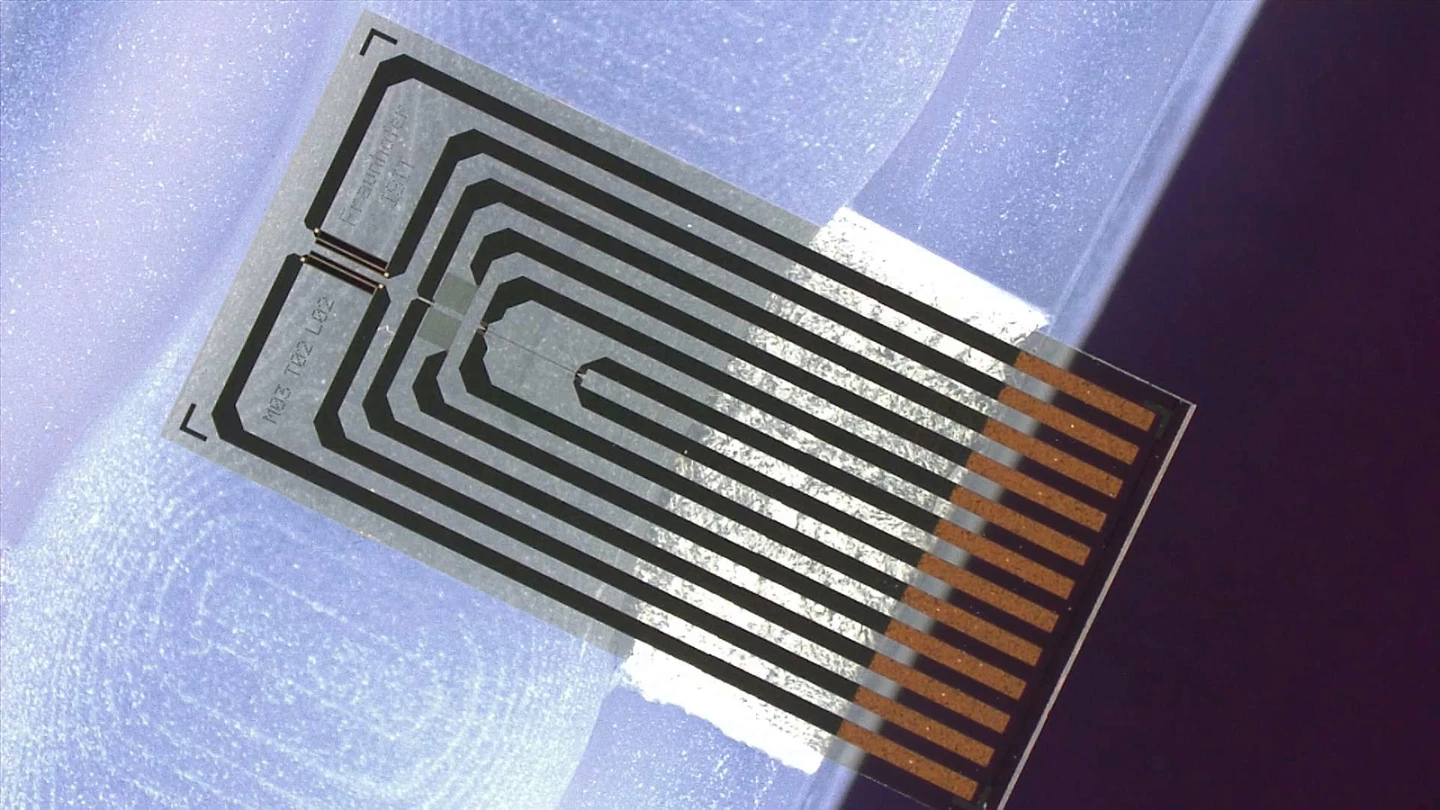Although ozone is often used to disinfect water in settings such as treatment plants, the required equipment is typically too large for use in small appliances like water coolers. A new miniaturized ozone generator, however, may be about to change that.
In a nutshell, ozone gas kills harmful bacteria (and other pathogens) by oxidizing their protective outer membrane, causing that membrane to rupture. It is said to be more effective than chemicals like chlorine, yet unlike such additives it doesn't affect the taste or odor of the water, plus no residual ozone is left in the water after treatment.
That said, it does have to be generated onsite as needed. In other words, ozone can't simply be produced beforehand in batches, then stored for later use – as is the case with chemicals. That's where the miniature generator is intended to come in. It's being developed via a European Union project that combines the efforts of three German corporate partners: the Fraunhofer Institute for Silicon Technology, Fraunhofer spinoff company Condias, and Go Systemelektronik.
Currently in prototype form, the device itself is just a couple of cubic centimeters in size, and it's designed to be placed within the water-flow line of a third-party water-dispensing appliance.

A sensor chip within the generator proceeds to continuously measure the electrical conductivity, mass flow, and temperature of the water. The conductivity determines how much of an electrical current will be required to perform the electrolysis process, the flow determines how quickly the ozone must be produced, and the temperature determines how much ozone is required, since ozone decomposes faster at higher temperatures. That ozone is produced by a built-in electrolytic cell, which incorporates pairs of diamond-coated silicon electrodes.
"The two electrodes are separated by an ion-conducting separator membrane," explains Fraunhofer researcher Norman Laske. "When a voltage is applied across the electrodes, the water is split by a process of electrolysis. Because of the diamond layer coating the electrodes, this process first forms hydroxyl radicals, which then react to form primarily ozone (O3) as well as oxygen (O2)."
The ozone proceeds to flow through tiny slits etched into the electrodes, subsequently entering and treating the flowing water. It is estimated that the final commercialized product – being marketed under the brand name Mikrozon – should be able to process up to 6 liters (1.6 US gal) of water per minute.
It should be noted that there are already portable ozone-generating devices that allow users to manually disinfect small amounts of water, one batch at a time.
Source: Fraunhofer





